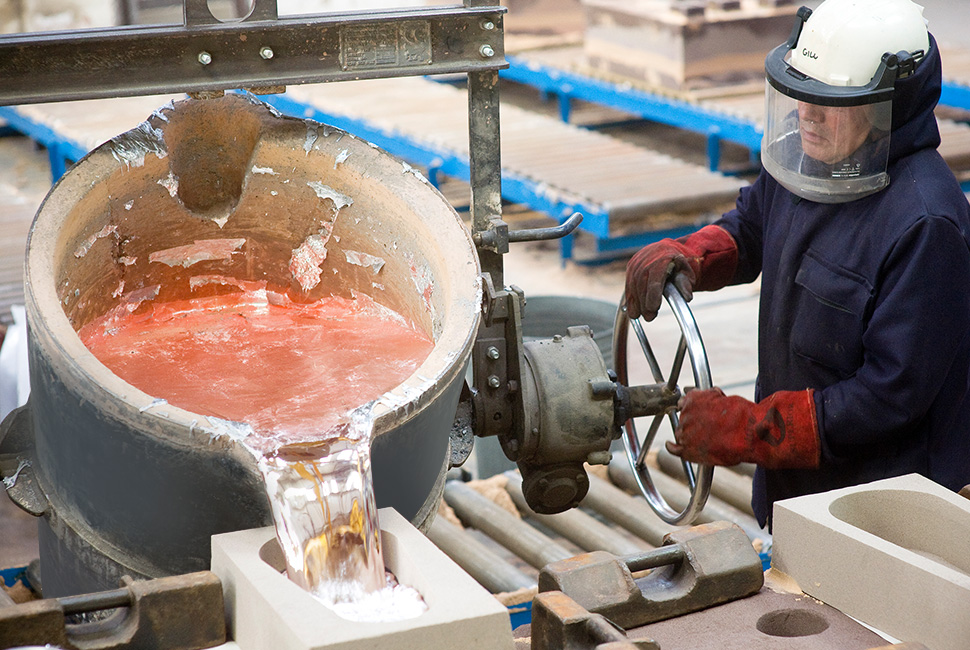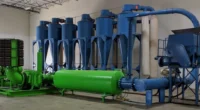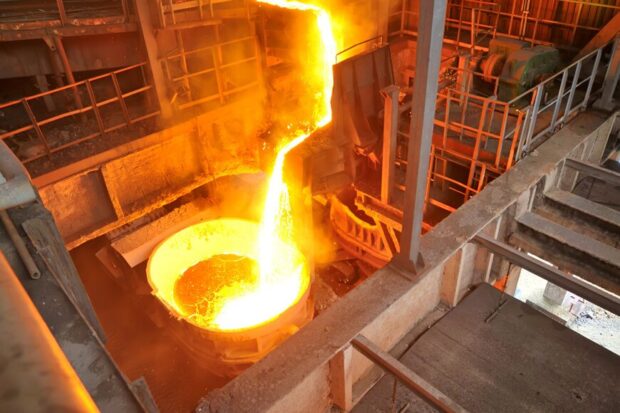Metal casting is a complex and potentially hazardous process. To ensure safety in metal casting workshops, protocols, and best practices must be adhered to.
This article will provide an overview of the essential safety protocols and best practices that workers should follow when working with metals in the workshop.
It will also discuss the potential risks associated with metal casting operations and how these can be mitigated through appropriate measures such as training, protective equipment, awareness campaigns, etc.
By following these guidelines, workers can ensure their safety while still enjoying the benefits of metal casting operations.
Wear Proper Personal Protective Equipment
When it comes to personal protective equipment (PPE) in metal casting workshops, there are certain safety protocols and best practices that must be observed. Workers should always wear appropriate PPE such as steel-toed boots, gloves, eye protection, hearing protection, and face shields when necessary.
Additionally, workers should make sure their clothing is free of any loose or dangling objects that could get caught in machinery or interfere with the casting process. It is also important for all personnel to be aware of the hazards associated with molten metals and other dangerous substances used in metal casting processes so that proper safety precautions can be taken.
Finally, supervisors should ensure that all workers understand the importance of wearing proper PPE at all times while working in metal casting workshops.
Follow Safety Procedures for Molten Metal Handling
When it comes to working with molten metal, safety is paramount. Before casting can begin, certain protective measures must be taken to ensure the safety of workers and equipment. It is important for all personnel in a metal casting workshop to understand the proper procedures for handling molten metals.
First and foremost, appropriate personal protective equipment (PPE) should always be worn when dealing with hot materials or working in an environment that could become hazardous due to heat exposure. Protective clothing such as fire-resistant aprons and face shields are recommended; additionally, gloves should also be used whenever possible.
Metal casters must adhere strictly to any local regulations regarding the safe handling of molten metals; this includes keeping adequate distances from heated surfaces at all times and avoiding contact between different types of metals—which can cause sparks or explosions if not handled properly—as well as other combustible materials like wood chips or oil rags near the furnace area.
Moreover, special attention should be paid to ventilation systems so that fumes generated by the melting process do not accumulate unsafely inside workshops. In addition, each person involved must be aware of emergency protocols in case there’s an accident involving hot liquid metal; these include having a designated “cool down” zone where affected persons can quickly move away from potential hazards until help arrives onsite.
Furthermore, training sessions on how best to handle spills safely are highly recommended for staff members who will work directly with molten material during their shifts at the workshop–this allows them more confidence when managing potentially dangerous situations without panicking unnecessarily while ensuring everyone’s safety remains a top priority throughout operations within casting workshops.
Practice Good Housekeeping Habits
Good housekeeping habits are essential for ensuring a safe and efficient metal casting workshop. It’s important to take preventative measures, such as cleaning up regularly so that the area is clear of debris and any hazardous materials.
This helps reduce the risk of accidents or injury, while also allowing workers to move quickly from task to task without getting bogged down with clutter or hazards in their way.
Additionally, good housekeeping practices can help keep machines running optimally by removing dust and dirt buildup on components that could impede performance over time.
Finally, keeping the workspace organized ensures tools are always readily available when needed—allowing projects to stay on schedule without delays caused by searching for misplaced items.
Conclusion

Metal Casting Workshops are an essential part of many industrial processes and require special attention to safety protocols and best practices.
It is important to properly train workers on the hazards associated with this type of work, as well as implement comprehensive safety measures like wearing protective gear, following guidelines for equipment maintenance, and minimizing contact with hazardous materials whenever possible.
All these steps will help ensure that Metal Casting Workshop operations are conducted safely, protecting both personnel and machinery from injury or damage.





